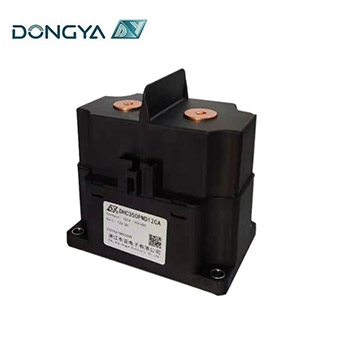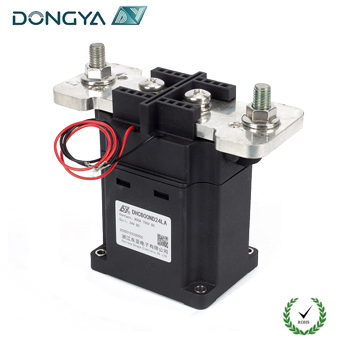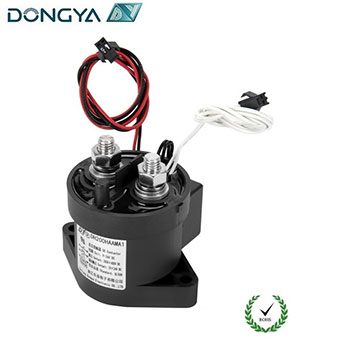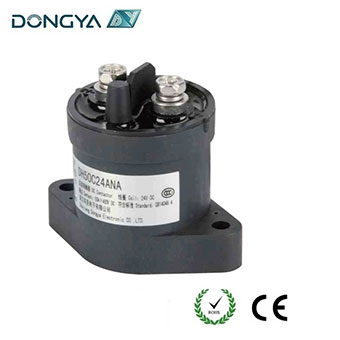In electrical and electronic circuits, both shunts and resistors play crucial roles in controlling current and voltage. While they may seem similar at first glance, they serve distinct purposes. This article explores the key differences between a shunt and a resistor, their applications, and how they function in various circuits.
What is a Resistor?
A resistor is a passive two-terminal component that opposes the flow of electric current. Its primary function is to limit current, divide voltage, or provide biasing in circuits. Resistors come in various types, including fixed resistors, variable resistors (potentiometers), and specialized resistors like thermistors and photoresistors.
Key Characteristics of Resistors:
Purpose: Current limiting, voltage division, signal conditioning.
Resistance Value:Fixed or adjustable (in variable resistors).
Power Rating:Designed to dissipate a specific amount of heat.
Applications:Used in almost every electronic circuit for control and protection.
What is a Shunt?
A shunt is a special type of resistor designed to measure current by creating a low-resistance path for current to flow, allowing a voltage drop that can be measured and converted into a current reading. Shunts are commonly used in ammeters, power monitoring systems, and battery management systems.
Key Characteristics of Shunts:
Purpose:Precise current measurement by creating a known voltage drop.
Low Resistance:Typically very low (milliohms or micro-ohms) to minimize power loss.
High Precision:Manufactured for accuracy in current sensing applications.
Applications:Used in ammeters, energy meters, and overcurrent protection circuits.
Key Differences Between a Shunt and a Resistor
| Feature | Shunt | Resistor |
| Primary Use | Current measurement | Current limiting, voltage division |
| Resistance | Very low (mΩ range) | Wider range (Ω to MΩ) |
| Precision | High accuracy required | Tolerances vary |
| Power Handling | Designed for minimal power loss | Designed to dissipate heat |
| Applications | Ammeters, battery monitors | General circuits, signal conditioning |
Conclusion
While both shunts and resistors are resistive components, their roles differ significantly. A resistor is a general-purpose component used to limit current or divide voltage, whereas a shunt is a specialized low-resistance device used for precise current measurement. Understanding their differences helps in selecting the right component for applications ranging from circuit protection to energy monitoring.





